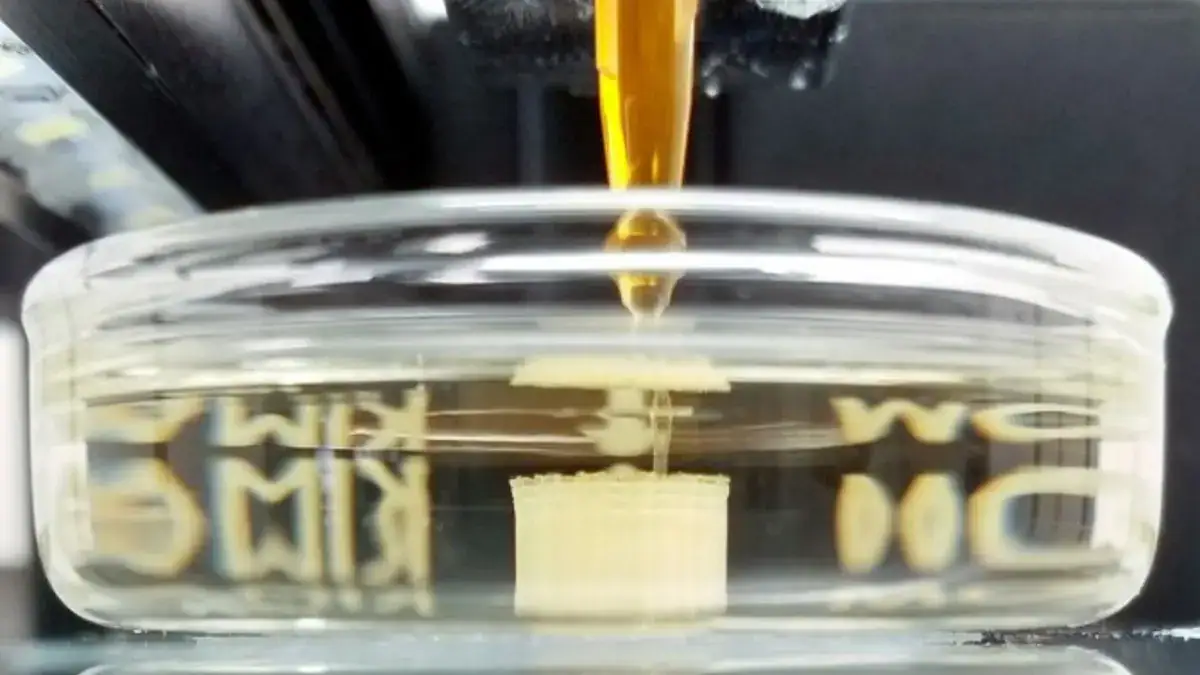
In a significant advance for materials science, Cornell University researchers have developed a groundbreaking one-step 3D printing technique that produces superconductors with unprecedented magnetic strength. The innovation could accelerate the development of next-generation technologies, from quantum computers to powerful MRI magnets.
Superconductors are materials that can conduct electricity with zero resistance when cooled to low temperatures. While their potential is immense, manufacturing complex high-performance superconductors has been a multi-step, resource-intensive process. The Cornell team’s new method simplifies this dramatically.
The research, led by Professor Ulrich Wiesner and published in Nature Communications, demonstrates a streamlined process using a specialized “superconducting ink.” The ink is made from a blend of copolymers and inorganic nanoparticles that self-assemble during the 3D printing process.
A final, targeted heat treatment then converts the printed structures into their final, porous crystalline form. The performance of the resulting material is what sets this method apart. When the researchers 3D-printed niobium nitride using this technique, the resulting nanostructured porosity boosted its upper critical magnetic field to a record-setting 40–50 Tesla. This is the highest confinement-induced value ever reported for this compound and represents a major leap in performance.
“This is a critical step forward,” said Wiesner, the Spencer T. Olin Professor in Cornell’s Department of Materials Science and Engineering. “This one-step process not only simplifies fabrication but also allows for the creation of new, more efficient, and complex superconducting components”.
Beyond niobium nitride, the research team plans to extend the technique to other superconducting compounds, including titanium nitride. This could unlock a wide range of new applications and lead to more powerful and compact devices across multiple industries.
The research was conducted at the Cornell High Energy Synchrotron Source, with additional support from the Air Force Research Laboratory.
